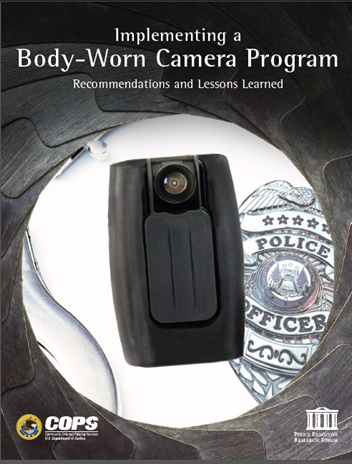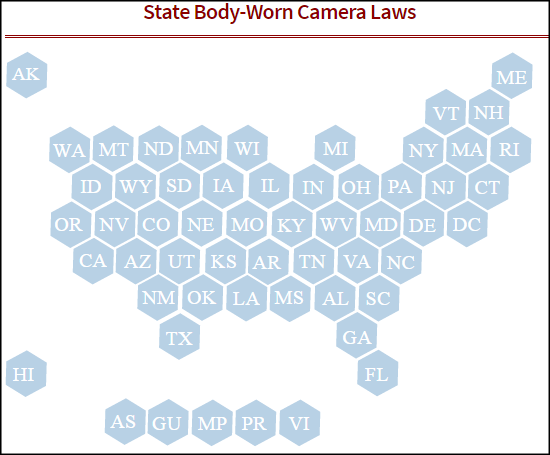In View: Commentary on the BWC Policy Report on Civil and Human Rights
This week the Leadership Conference on Civil and Human Rights and Upturn released a scorecard that evaluates the civil rights safeguards of police body-worn camera (BWC) programs in 50 U.S. cities. The Leadership Conference scorecard rates BWC policy on 8 criteria that are directly related to citizen rights and citizen privacy. We read their report with interest, as several of the agencies in their report have received funding through the Bureau of Justice Assistance's (BJA) BWC Policy and Implementation (PIP) program.



